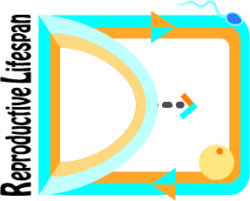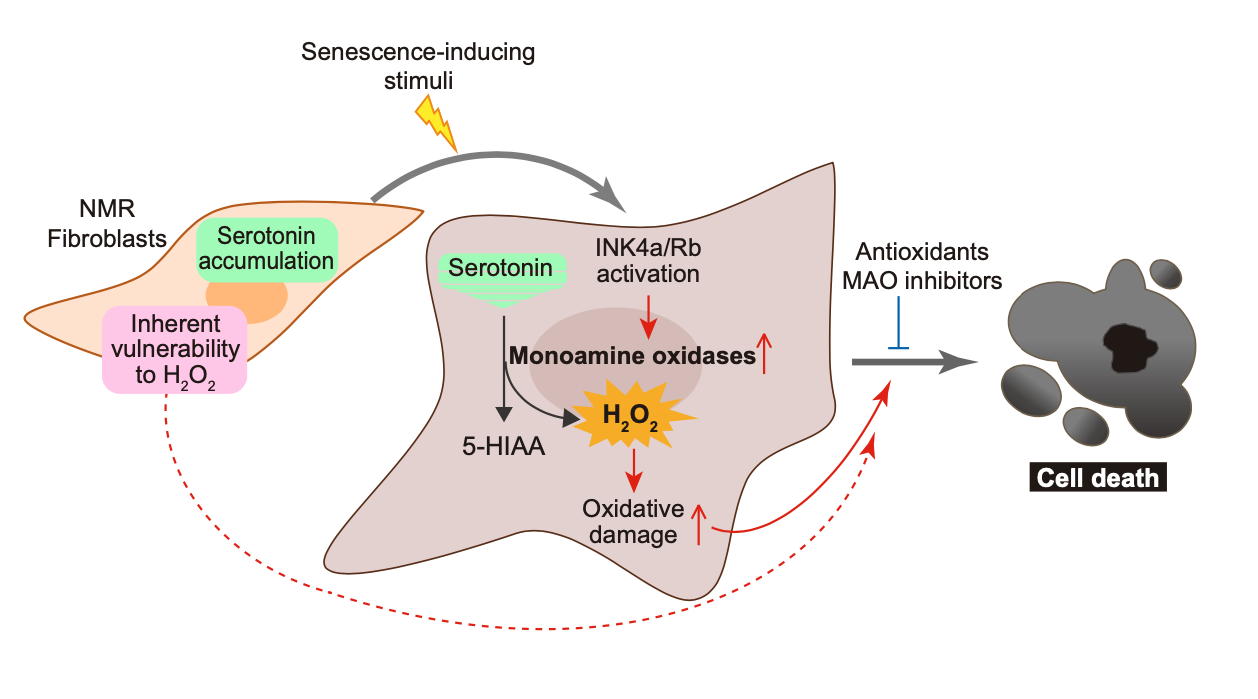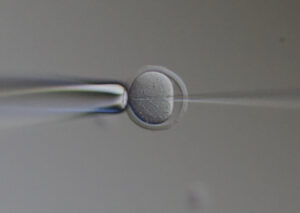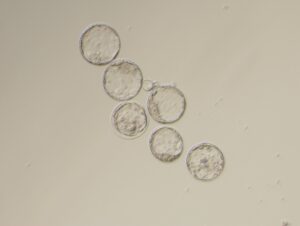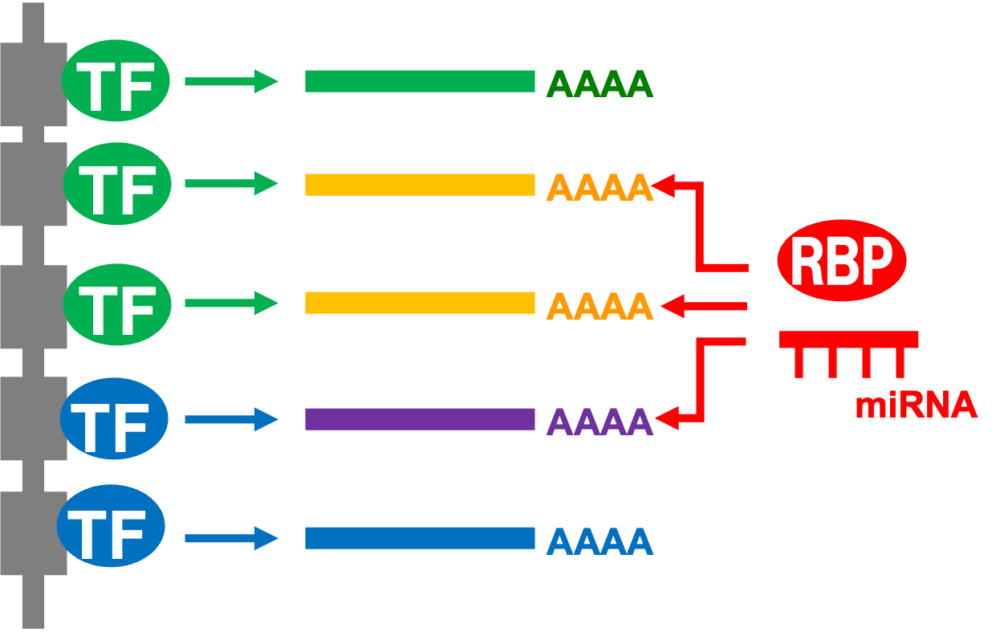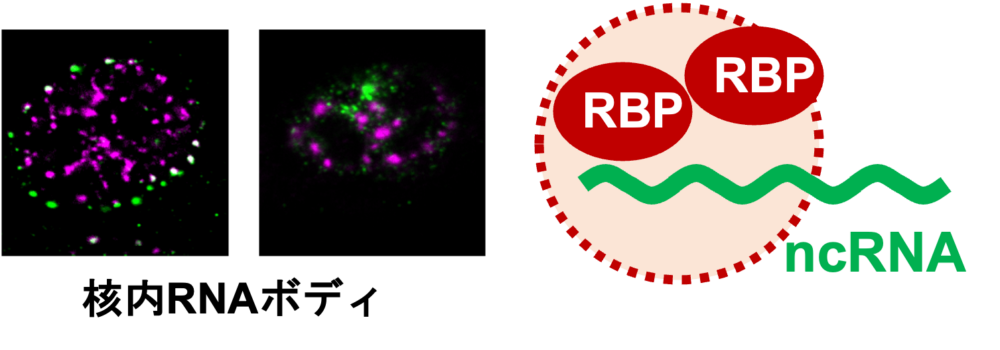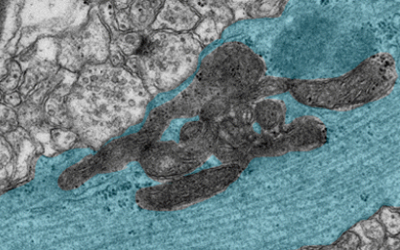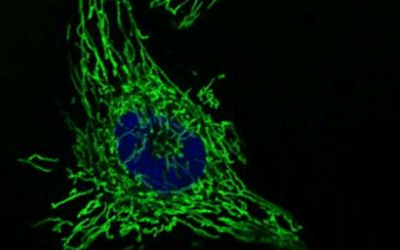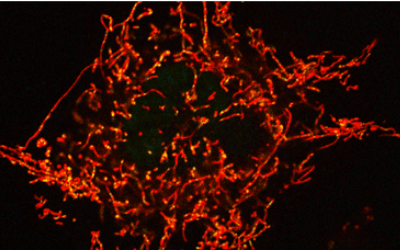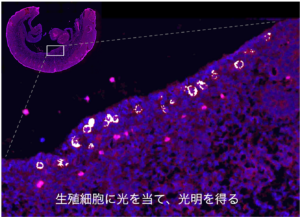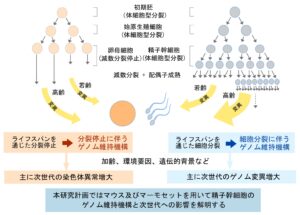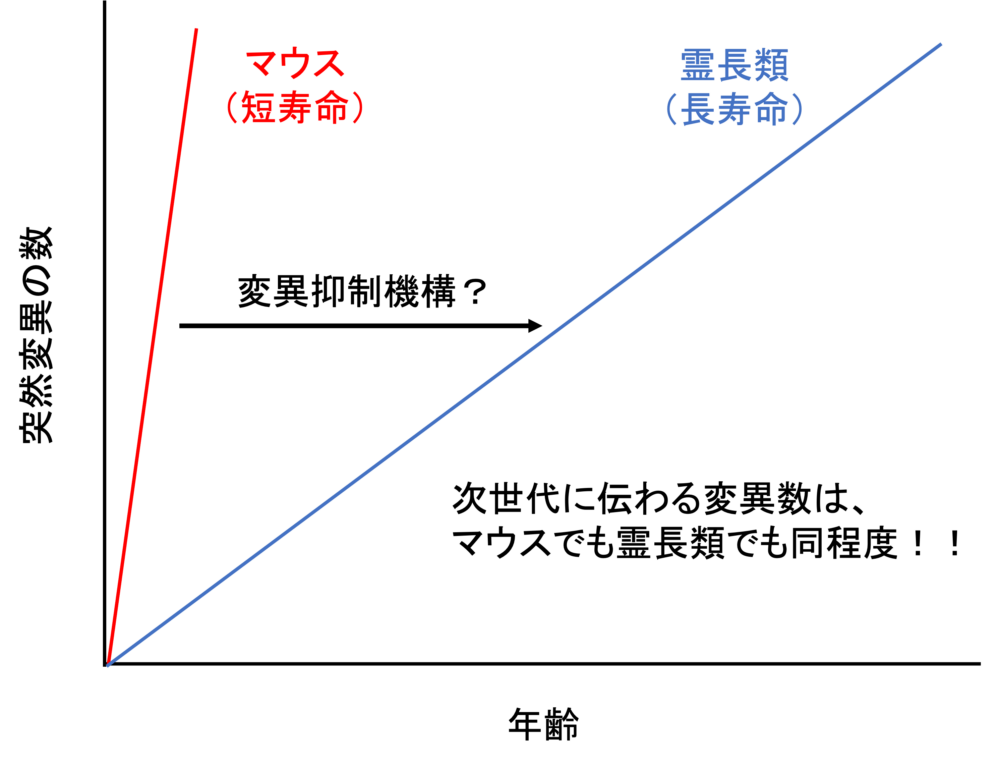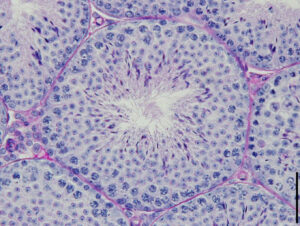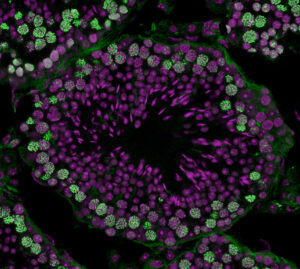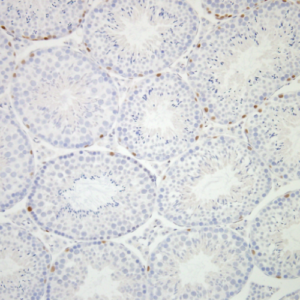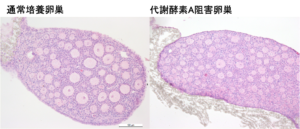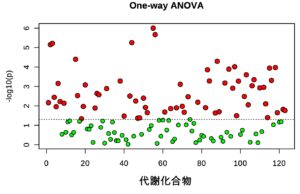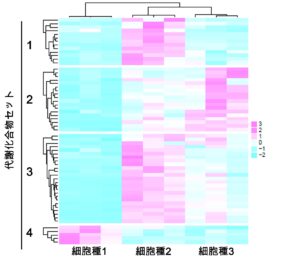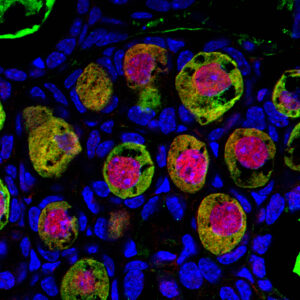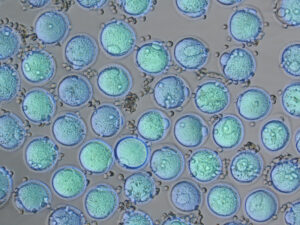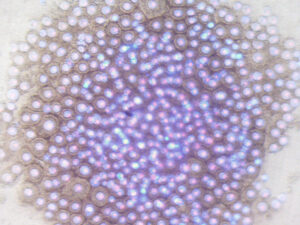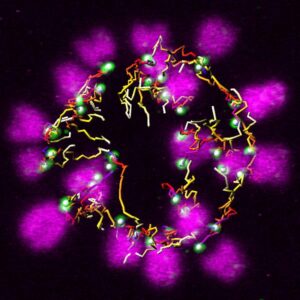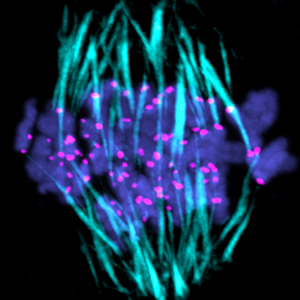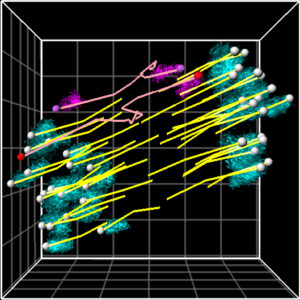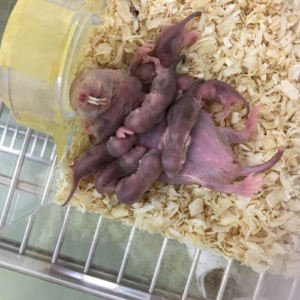Dr.Kawamura’s paper has been published in EMBO J.
Cellular senescence induction leads to progressive cell death via the INK4a-RB pathway in naked mole-rats
Yoshimi Kawamura, Kaori Oka, Takashi Semba, Mayuko Takamori, Yuki Sugiura, Riyo Yamasaki, Yusuke Suzuki, Takeshi Chujo, Mari Nagase, Yuki Oiwa, Shusuke Fujioka, Sayuri Homma, Yuki Yamamura, Shingo Miyawaki, Minoru Narita, Takaichi Fukuda, Yusuke Sakai, Takatsugu Ishimoto, Kazuhito Tomizawa, Makoto Suematsu, Takuya Yamamoto, Hidemasa Bono, Hideyuki Okano, Kyoko Miura
EMBO J. 2023 Jul 11;e111133
Naked mole-rats (NMRs) have exceptional longevity and are resistant to age-related physiological decline and diseases. Given the role of cellular senescence in aging, we postulated that NMRs possess unidentified species-specific mechanisms to prevent senescent cell accumulation. Here, we show that upon induction of cellular senescence, NMR fibroblasts underwent delayed and progressive cell death that required activation of the INK4a-retinoblastoma protein (RB) pathway (termed “INK4a-RB cell death”), a phenomenon not observed in mouse fibroblasts. Naked mole-rat fibroblasts uniquely accumulated serotonin and were inherently vulnerable to hydrogen peroxide (H2O2). After activation of the INK4a-RB pathway, NMR fibroblasts increased monoamine oxidase levels, leading to serotonin oxidization and H2O2 production, which resulted in increased intracellular oxidative damage and cell death activation. In the NMR lung, induction of cellular senescence caused delayed, progressive cell death mediated by monoamine oxidase activation, thereby preventing senescent cell accumulation, consistent with in vitro results. The present findings indicate that INK4a-RB cell death likely functions as a natural senolytic mechanism in NMRs, providing an evolutionary rationale for senescent cell removal as a strategy to resist aging.
